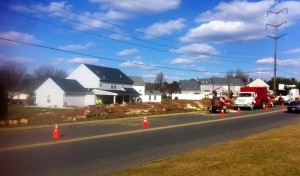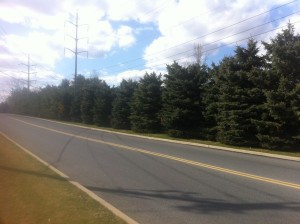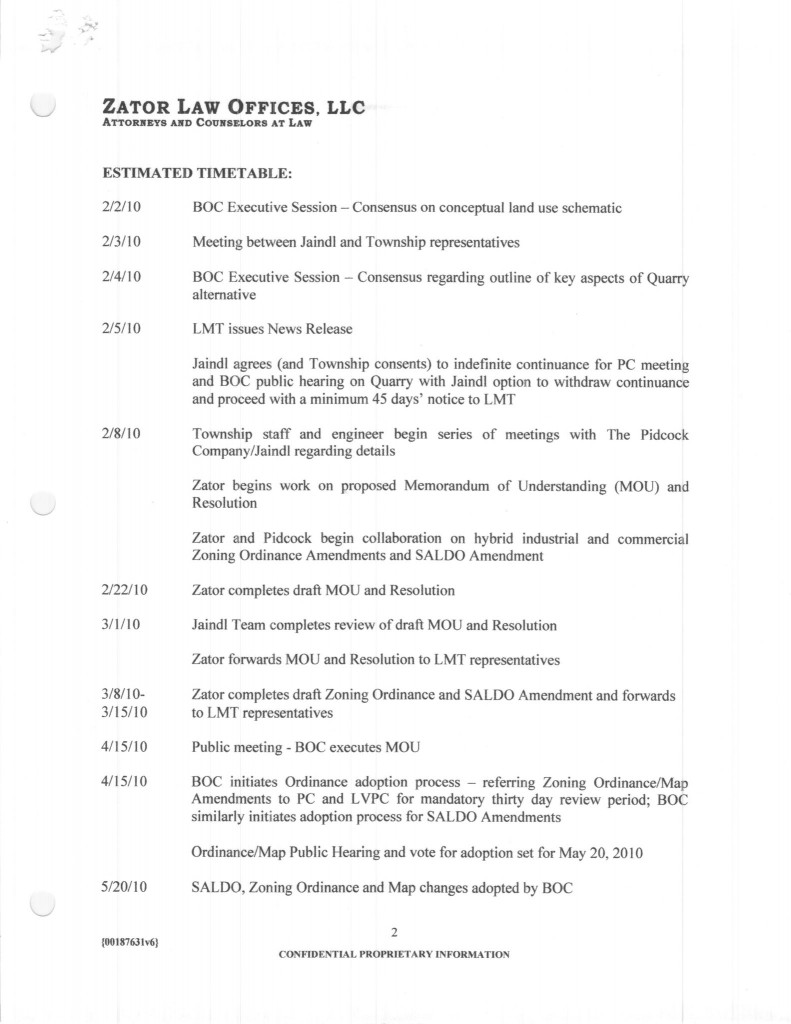When trees were clear cut on Willow and Sauerkraut I was hoping residents affected would band together to spearhead an effort to re-plant in light of the township failing to take the reigns. The entire community is affected by the unfortunate decision to remove the streetscape buffer.
It comes down to property value. For me, a house is the biggest investment I’ll make in my life. That rings true for most people. Residents not only adjacent to affected streets but also nearby lost property value. Street-Scapes add value to our community.
There is alot of interest in residents taking matters into our own hands and addressing the issue. Residents I’ve spoken with are interested fundraising and coordinating an effort to replant the buffer with approved small trees and shrubs in appropriate locations.
Neighbors working together is critical. Streetscaping is only effective when it is coordinated. It’s a design issue but the most cost effective strategy. Compatible trees and shrubs can be purchased in bulk. A unified design will make the replanting more attractive and effective. Plus it’s a great way for residents to work together to take a disheartening situation and make the best of it.
We can take this situation and make the best out of it. Who knows, a new street-scape with flowering dogwoods, redbuds, ornamental grass, low lying evergreen shrubs and witch hazel would be beautiful all 4 seasons. (all these species are approved by PPL and endorsed by the EAC) We could make the street-scape even better then it was before.
I’ve talked already to one landscape service willing to discount or donate resources.
I live near but not directly adjacent to the cutting, but I feel strongly about the community wide benefit of replanting. I’ve spoken out at many meetings over the last 2 years regarding the benefits of a coordinated, attractive streetscape.
- Traffic Calming. Studies show cars drive slower on tree lined streets. (Trees in travel perception)
- Stormwater Management. Trees absorb 30% of precipitation through leaf and root system.
- Safer walking environment
- Softens the harsh features of utility poles.
- Added value to all our homes. Up to 10% increase in nearby home values.
Do you live adjacent to the cut zone? Are you willing to volunteer time or resources to help restore the neighborhood to it’s prior charm? Winding Brook resident Randy Fritz is coordinating an effort to look into alternatives and options. Please contact him at GIJoe196910@yahoo.com.





